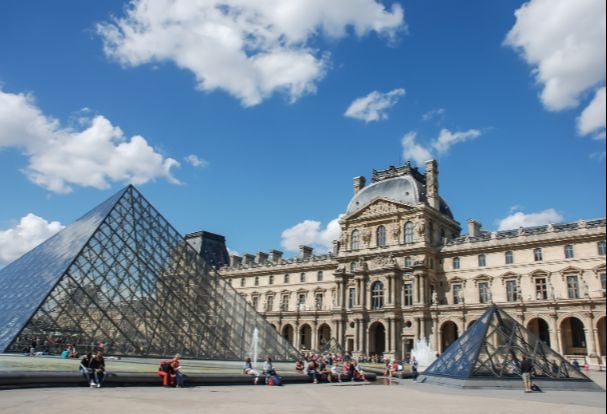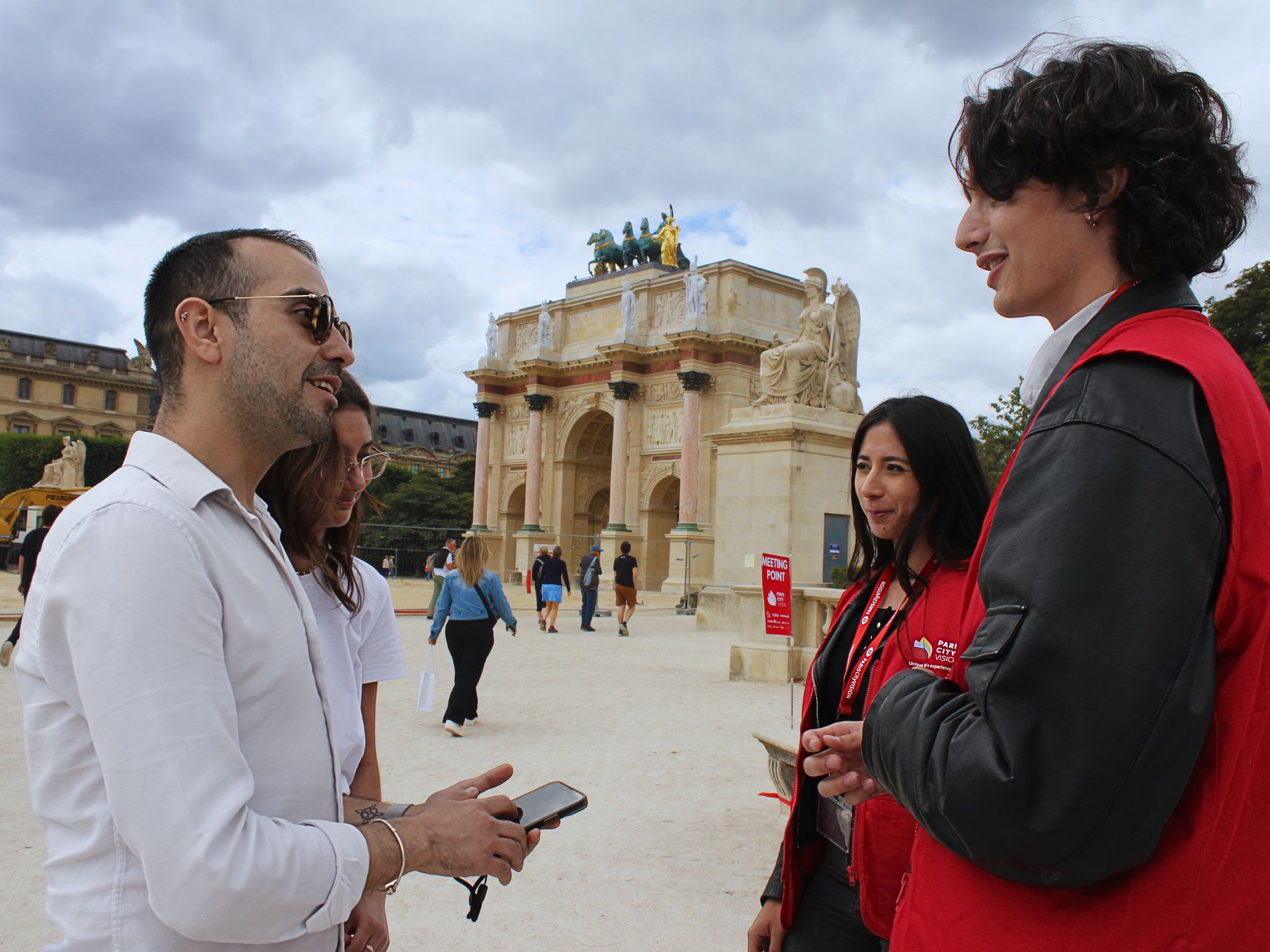Department of Islamic Art

Together with the New York Metropolitan Museum of Art, the Louvre Museum is home to the largest collection of Islamic works of art in the world. The recent developments completed in 2012 included arrangement of spaces, where more than 3,000 pieces documenting Islamic art from Spain to India are on display.
Birth of a department
The Department of Islamic Arts was founded in 2003. At the end of the 19th century, the museum already had a section dedicated to “Muslim arts”. The works were in turn the responsibility of Decorative Arts and then the Department of Asian Arts. The Asian collections are now exhibited in the Guimet museum. The Grand Louvre construction work and the redevelopment of the Richelieu wing, which was previously used as the offices of the Ministry of Finance, enabled a dedicated sector to be assigned to this collection.
Today, the Department of Islamic Arts is installed in the Visconti courtyard. It benefited from the work of architects Rudy Ricciotti and Mario Bellino for its scenography. The courtyard was actually covered by an undulating vault made up of 1,600 glass triangles, which is reminiscent of the Louvre pyramid.
Getting there
Enter the Visconti courtyard on the lower ground floor (-1). The entrance is in the Denon wing, not far from the Department of Greek, Etruscan and Roman Antiquities. The works are organized around a single space, dedicating 3,000 m² to Islamic Arts of the 7th to 19th centuries.
5 works not to be missed
The bowl known as the “Saint-Louis baptistery”
This mysterious object dates from between 1320 and 1340 and bears the name of Saint-Louis (Louis IX), as it is said that it was he who brought it to France. However, research shows that the font is from after the life of the French king. The secret regarding its function and its original owner is still intact. The receptacle is made of hammered brass with gold, silver and black paste. The detail in the patterns engraved on it is tremendous, making the bowl one of the most beautiful objects in the collection in terms of its pure beauty and the level of technical skill involved.
Where to find it: Denon wing, Visconti courtyard
Plate with peacock
The plate with peacock originates from Turkey, and it is estimated to date from the year 1550. It is a painted plate with a diameter of almost 15 inches. It is highly regarded for the beauty of the plant patterns and the majestic peacock in the center.
Where to find it: Denon wing, Visconti courtyard
Bottle with coat of arms
The bottle with coat of arms is a stylish, colorful object. Originating from Syria and dating from the 14th century, you can see the Chinese influence in the patterns on this Mamluk work. Making a bottle of this kind 20 inches high and with so many colors called for the mastery of several successive firings.
Where to find it: Denon wing, Visconti courtyard
The Reader
Named The Reader, this painting comes from Uzbekistan and was bequeathed to the museum in the early 1990s. It depicts a literature enthusiast in reading pose, accompanied by other characters around him. This work in gouache and gold on paper is a relic of the learnedness of the people of Bukhara.
Where to find it: Denon wing, Visconti courtyard
Horse’s head dagger
This object dates back to the 17th century. The horse's head dagger comes from Mongolian India. The curved steel blade has gold motifs on its base. The handle has been sculpted in the form of a horse’s head of which the anatomical details are impressive given that it was cut from jade. Gold and emeralds finish off the equine to create a luxurious piece.
Where to find it: Denon wing, Visconti courtyard
A recent addition to the Louvre, the Department of Islamic Arts has only recently had its own space. Not yet well known to the public, it is attracting more and more visitors. It would come as no surprise if this part of the museum were to become one of the most popular as the years go by.


